March 1915: My grandpa’s battle at Przemysl
My great-grandfather served in the 11th insurgent regiment that gave the castle guard of the Przemysl Fortress. His position was the Hurko (XIV.) Fortress. In his recollection, he recounts a peaceful garrison life. In September 1914, however, they sent their brigade to the operations around Lemberg, and there they had losses. But later he saw no further fighting to defend the fort. He also mentioned the outbreaks of the 23rd Infantry Division and one of the sporadic Russian attacks. He wrote the following about these.
“There were 8 Honvéd battalions in the castle. These were in barracks, used by Deputy Castle Commander General Tamássy to make constant outbursts in various directions to disturb the Russians. Thus, they could never withdraw their troops from the vicinity of the castle. He still caused them very great losses with the outbursts, it is true that poor young soldiers were bleeding, perhaps a battalion remained from the whole thing. The purpose of the castle was, in fact, to hold a larger enemy army there. There must have been 300,000 Russians tied up there.
On one occasion, the Russians, overran our guard outside the castle during the night, captured them without sound and went all the way to the wire barriers. The sentry at the top of the castle noticed that the prickly wires were being cut away with scissors. He told the sergeant in the guardroom that the Russians were there. The guard rushed to the top of the castle, but there were already so many Russians and Hungarians confused that they could not use the weapon in the pitch black, but they rotated and hit with it like a stick, beating the Russians to death. The machine guns in the castle rampart worked very well. Those who descended the ladders in the rampart were shot dead. The Russians improvised three ladders and wanted to get up through the castle rampart. Of course the attack and defense started with full force. The Russian attack was immediately reported by telephone from Castle I. The battle lasted for three days, the Russians pushed the good old insurgents out of the covered trenches, and then our second line of defense should have taken action as well, but these Czechs retreated without a shot. Then the third line of defense started shooting the retreating Czechs, so they were forced to confront the Russians as well, finally beating the Russians. About 15,000 people remained there at the scene of the battle, the attack was widespread, and several of ours fell.

I once went out to Castle I to look around. I got scared of what I saw there. At the entrance, the walls are bloody, with the brains of an old insurgent stuck in the ceiling. I looked out towards Medika, the whole plain full of corpses. Some bloated like a barrel. The Russian did not allow the corpses to be buried because he wanted cholera to occur. So they collected the corpses at night.
The castle commanders realized that the castle could no longer be kept, they ordered an outburst from the castle, not on the way home, to the west, but to the east. They were assigned how long the troops would stand up in the greatest silence so that the Russian would know nothing, and then when it was dawn, the Russian positions would have to be approached without a shot. The Russians didn’t even fire, ours stood up on the designated line between the two lines of fire, and then the Russians cut off the spotlights at the right end of the line and lit up the line. They knew so much what was being made. Then they didn’t shoot, but let our men in at dawn all the way to the line of fire, and then they shot our men with machine guns, rapid fire, and cartridges, who fled back and forth and they fired at the unfortunate castle guard until a snowstorm circled. A terrible wailing was heard on the hillside to our house. Then at least ten thousand people died from the castle guard or were wounded. That’s how the rush ended.
After the shots stopped, a very strange feeling took hold of us. We felt such a festive atmosphere, so special was the eight months of constant shooting, grenades, shrapnel explosions, the great silence, the silence of death. Przemysl’s death, a cemetery of Hungarian hopes. The sky above Przemysl became dark, the air reddened from the smoke, it was that damnation, hell, in its terrible beauty. It is a pity that this horribly beautiful event is not captured in a moving image. ”
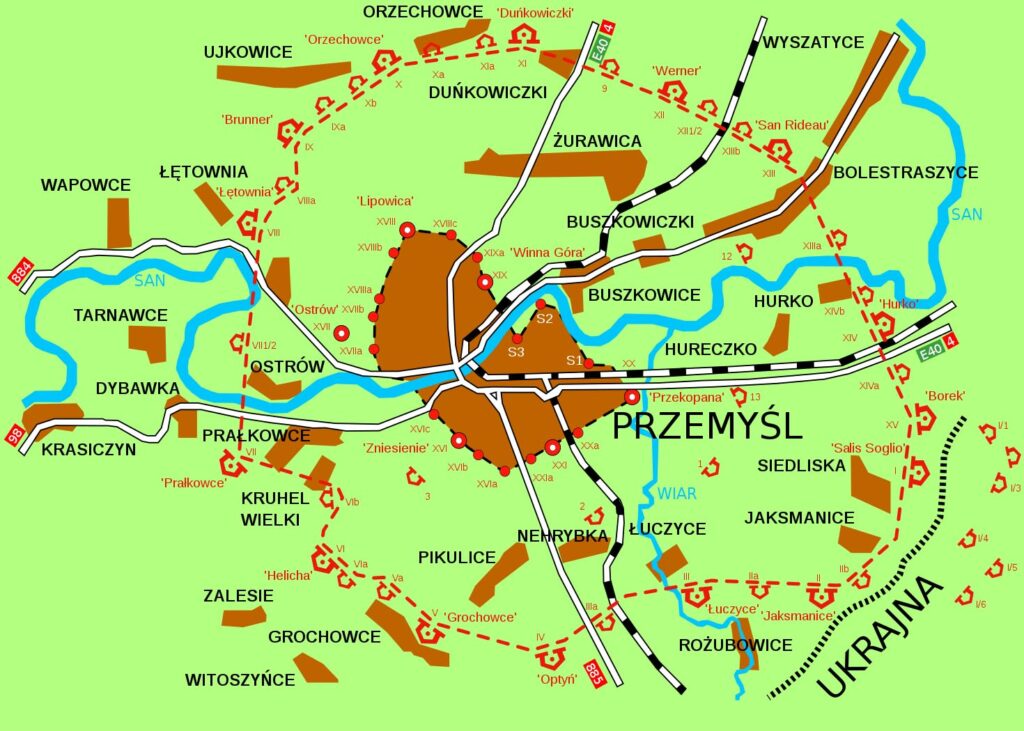
The remains of the fortress are still monumental today. Some have been restored, and there are museums in several forts. My great-grandfather served in the XIV. Hurko fort. This is perhaps the only one that is not visible at all today. In its place is the border crossing to Ukraine. Fortress I, mentioned in his recollection, was two farther south. The photo attached to the post was taken there. A very exciting sight is the gigantic-sized fortification system. The tops of the forts were covered with earth, as shown in the picture. Forest, I don’t think, grew on them at that time. The badge of the 7th Honvéd Infantry regiment mentions Przemysl. This regiment was also involved in the raids by the 23rd Division. I wonder why the captive regiment, which was not later set up, received a badge?
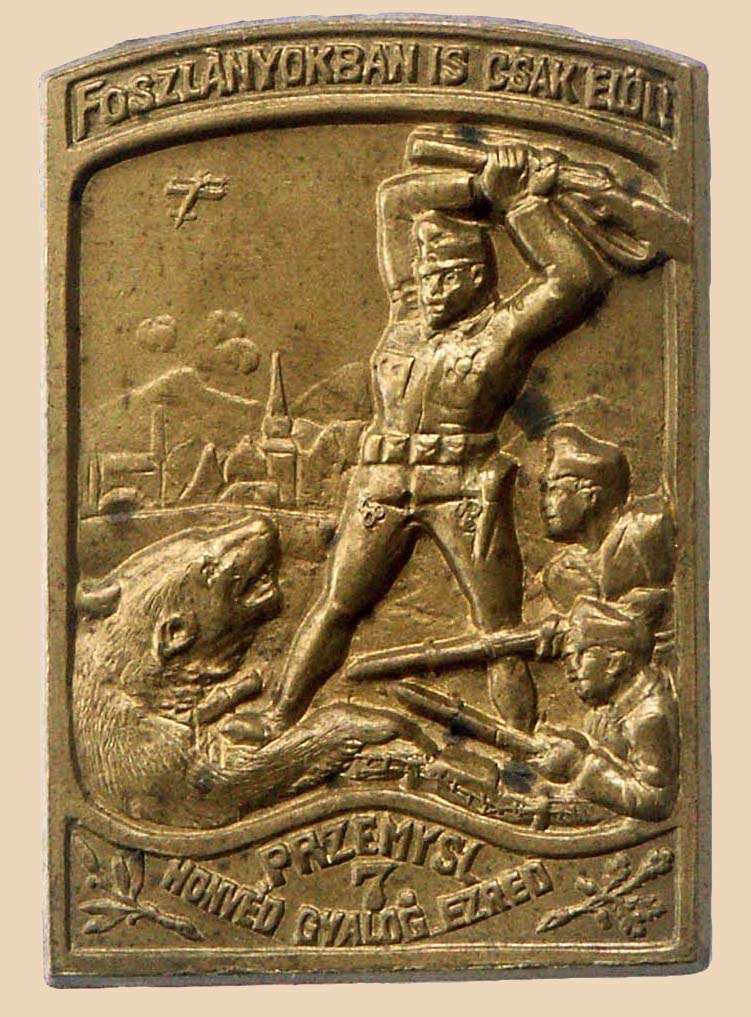

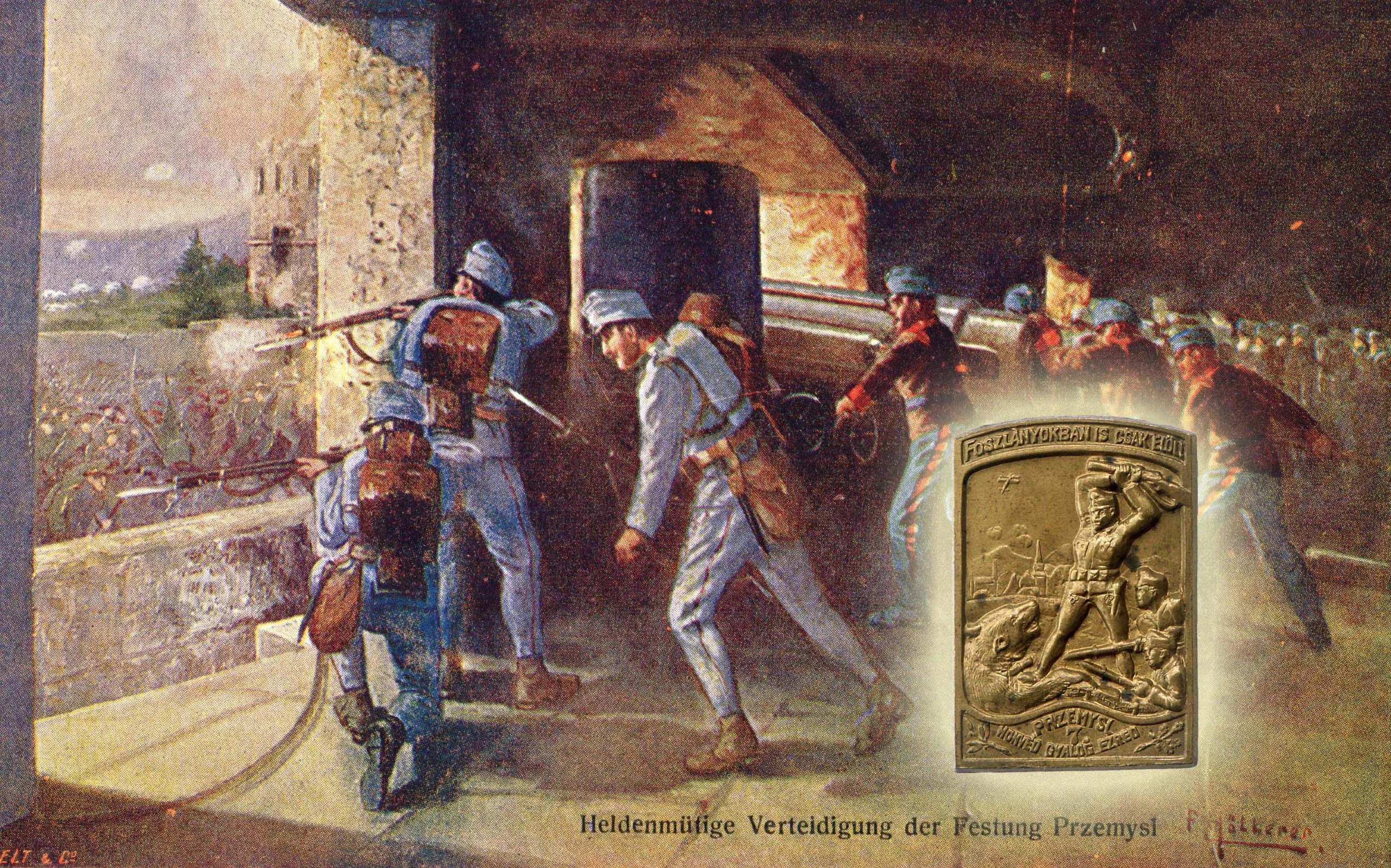
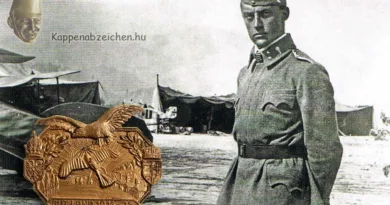
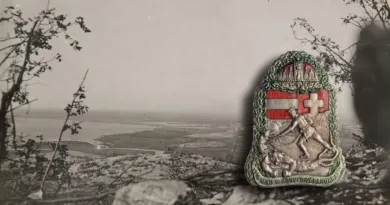
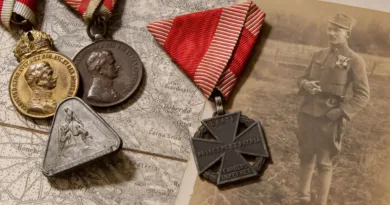
[…] The fortress was guarded and protected primarily by the 97th Insurgent Infantry Brigade. My great-grandfather served in the 11th Regiment of this brigade. The technical equipment and artillery were, of course, handled by trained […]